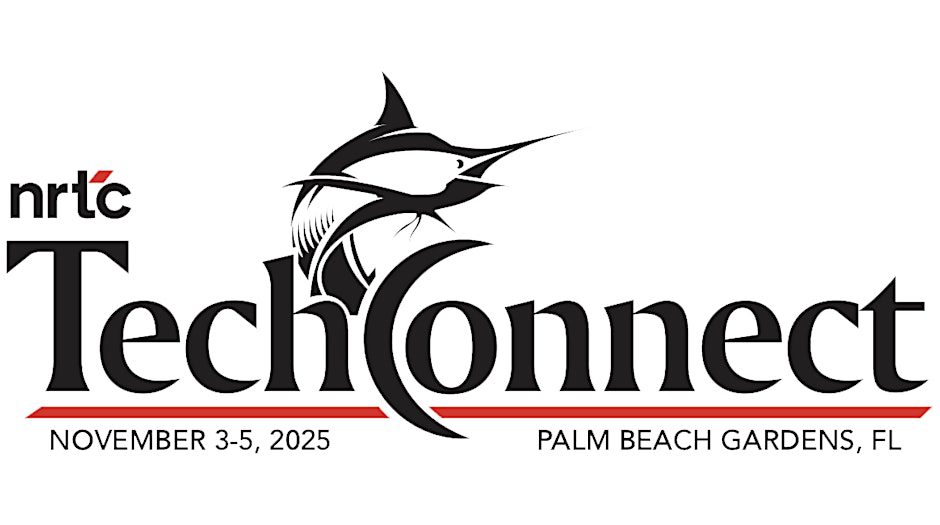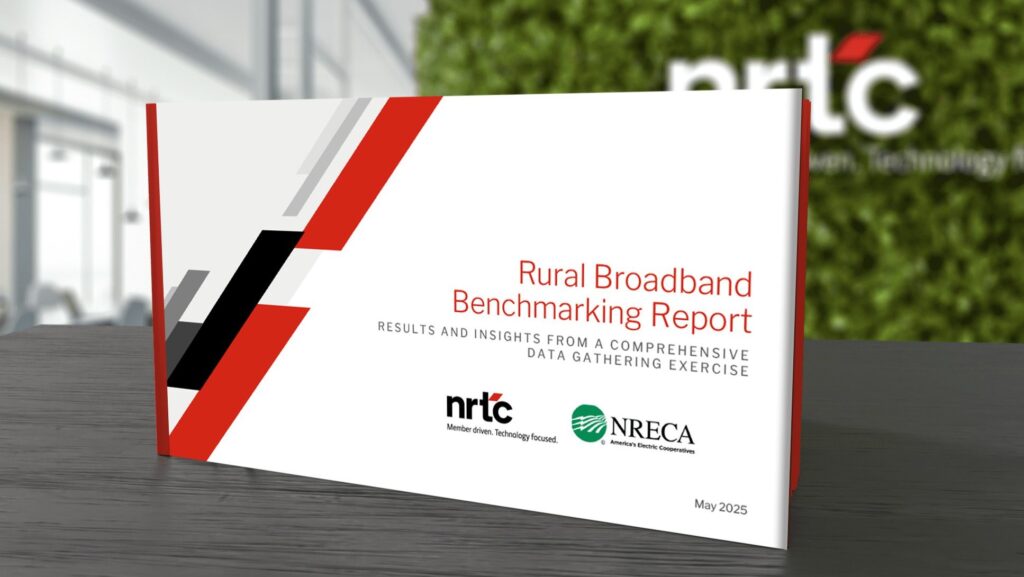Grid technology and energy demands are changing rapidly. Are you prepared?

Technology Planning
Investing in replacement technologies for grid infrastructure requires careful planning. Decisions made when replacing systems such as AMI, LMR, or SCADA will impact your options for future technology and your ability to meet changing energy demands. A ten-year view of smart grid initiatives will help you make longer-term decisions to reduce overall costs while increasing reliability and achieving non-monetary benefits such as environmental impact and quality of life improvements for your community.
Like many of your peers, you’re likely focused on literally keeping the lights on today. You may not have the time or expertise to take a five or ten-year view that considers all the rapidly changing factors influencing the industry.
- Infrastructure replacement as components age or new technologies render them inefficient or obsolete.
- New demands, such as electric vehicles, environmental concerns, and increased customer expectations.
- New energy supplies that can impact demand curves and grid management.
- Communications technologies that are rapidly evolving, with 5G, LTE, Fixed Wireless and others enabling automated capabilities and disruptive efficiencies, but which require significant planning, expertise and capital outlay to implement and manage.
Without a detailed plan that considers these challenges, you may be left behind, relying on inefficient technologies that don’t meet the needs of your community.
Electric co-ops are facing demands to adapt to a rapidly changing world being driven by factors such as:
- Declining costs of distributed energy generation and storage providing new options for co-ops, commercial and industrial (C&I), and consumers for energy supply
- Improved technology providing co-ops more options to reduce system losses and peak demand through volt/var optimization and conservation voltage reduction
- Increasing costs of energy purchases and stiff peak charges driving up costs to members
- Consumer adoption of smart home technologies, such as smart thermostats, that will simplify adoption of demand response (DR) programs
- Introduction of private LTE (pLTE) networks that will reduce the number of networks managed by co-ops as well as increase capabilities and the ability to collect and share grid data
- Increasing sustainability focus of members
NRTC is your technology cooperative with over 30 years of experience assisting electric co-ops make technology decisions. Our subject matter experts provide insight and real-world case studies from co-ops across the country to help you make the right technology decisions. Our consultative, agnostic approach equips you with the information you need to make decisions about which technologies are right for your situation.
Our rigorous evaluation and planning process will provide you with:
- A three-phase approach to the co-op management team detailing the smart grid initiative and dependencies.
- A financial model of the costs and benefits of smart grid initiatives. This model ensures a positive economic return and provides rationale for board investment.
- A mechanism for collaboration among the executive team and key stakeholders. This feature ensures buy-in and common understanding of the benefits of the initiatives.
- A high-level plan you can take to your board for approval, outlining what you need, why you need it, how and when to implement it, the benefits, and the cost.
NRTC works closely with your team to develop the Smart Grid Technology Roadmap. Our team of smart grid subject matter experts will guide your team through a series of six workshops. These workshops are designed to both educate on smart grid technologies and trends, as well as develop the list of smart grid priorities. The end result is a smart grid technology roadmap designed to guide your team through three phases of growth and development – phase 1 (years 1-3), phase 2 (years 4-6), and phase 3 (years 7-10).
- Metering
- Reliability and Outage Management
- Load Management
- Power Quality
- Utility Solar / Utility Storage
- Communications
NRTC will then work with your team to quantify the benefits and cost into a smart grid financial model. The financial model will provide budgetary guidance that forms the basis of a board presentation for approval.
Resources
The Latest Technology Planning News

AI, Broadband, Smart Grid Topics Form Strong TechConnect Agenda

White House AI Plan Emphasizes New Infrastructure Policies
